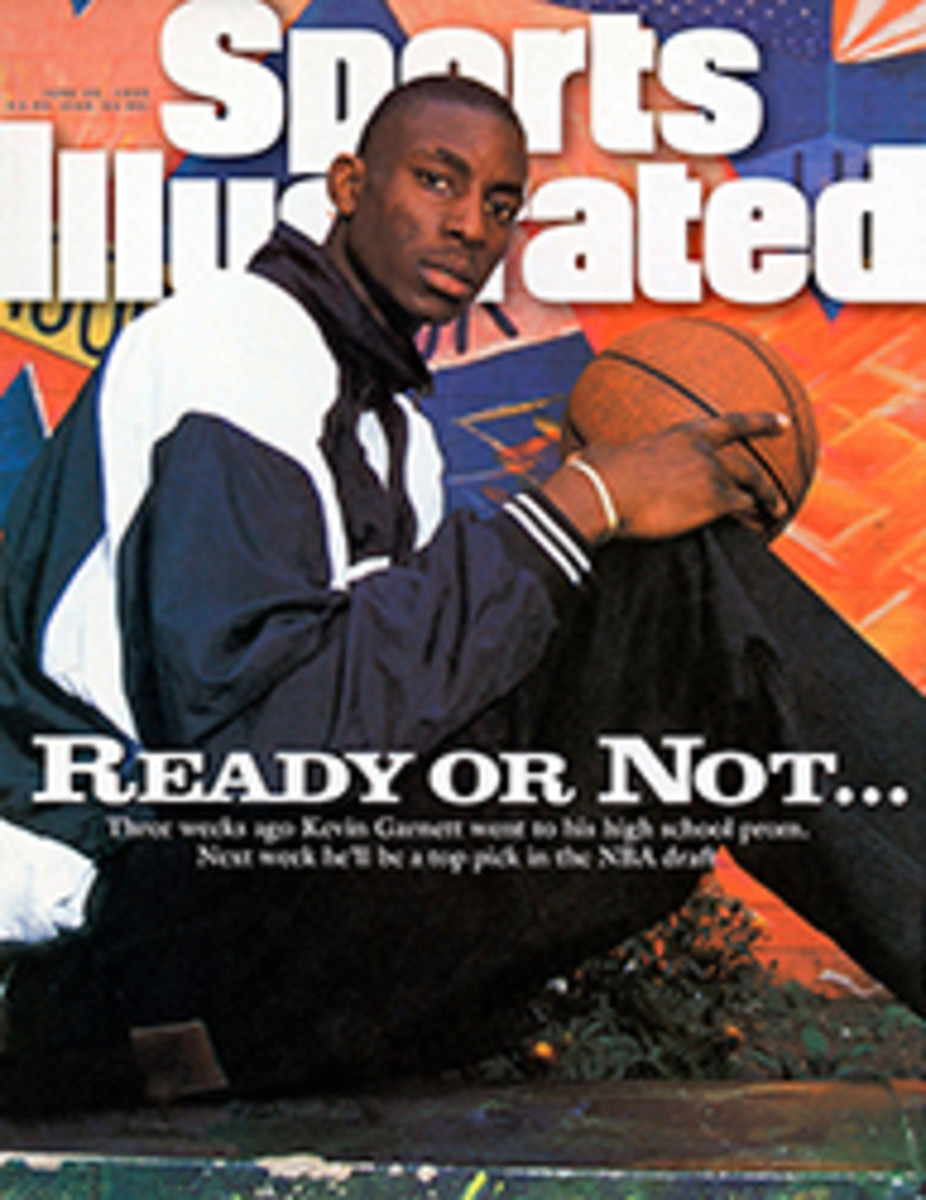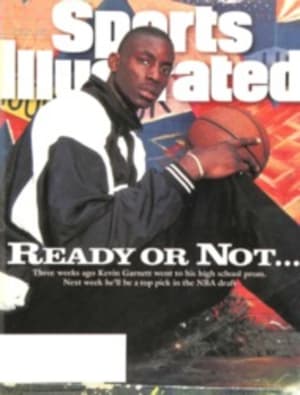
NO DAY AT THE BEACH SATURDAY AT SHINNECOCK HILLS TURNED INTO A HUMILIATING EXPERIENCE FOR SOME OF THE GAME'S BEST PLAYERS
It was the day everybody forgot how to play golf. You went out
there Ben Crenshaw or Curtis Strange and came back an amateur.
Never have so many great players looked so foolish all at one
time.
The Saturday massacre began calmly enough. An isolated double
bogey here, a triple bogey there, a breeze that flapped in the
pants legs of the competitors and rattled the hospitality tents.
There was nothing obviously extraordinary about what would
become one of the worst days in U.S. Open memory, no sideways
monsoon rains, no gale force winds. In fact, that was what made
it so terrible. No one could even blame the weather.
By the end of the third round at Shinnecock Hills, the quaint
but diabolical par-70 that meanders among the Southampton, N.Y.,
dunes, Tom Kite had shot his worst round since he was a
sophomore in college, an 82. Jumbo Ozaki had begun in second
place, climbed within a stroke of the lead, then dropped clean
off the leader board with a backside 45. Nick Faldo had
disappeared after the very first hole, Scott Simpson had snapped
a wedge over his knee, and Tom Watson had given up and begun
daydreaming about hot dogs. "It was a disaster,'' Kite said.
Players expect to experience a certain amount of rage, grief and
humiliation in an Open. They know the USGA will harden the
course, and inclemency is all too likely. There have been some
memorably horrible days, like the final round at Pebble Beach in
the 1992 Open, won by Kite, when the wind howled and it rained
so hard it stung and the field averaged 77. Or the first round
at Shinnecock in '86, when temperatures plummeted to 40 degrees.
But those were the result of acts of God. What happened last
Saturday at Shinnecock was man-made carnage. The majority simply
couldn't manage the unforgiving course, one that played, in the
words of Greg Norman, like "an absolute bitch.'' Norman summed
up the day after a 74, with which, under the circumstances, he
got away almost scot-free: "I can't ever remember such great
players being so humbled. I hit some good shots, but when they
finished, I ended up looking like a 15 or 16 handicapper. You
could say the golf course got the best of all of us.''
Sixty-nine players in the field of 73 were over par at the end
of the day. There were 33 double bogeys, and some of the highest
scores came from former champions. We're not talking Duffy
Waldorf here. We're talking Crenshaw, two-time Masters winner,
taking triple on the 10th hole en route to a 79. "I'm walking up
18," Crenshaw said after he finished, "and all I'm thinking is,
I've got to make par or the snowman is here.'' We're talking
Faldo, owner of two Masters and two British Open titles,
shooting 79. Watson, possessor of eight major titles, trudging
to a 77. And Raymond Floyd, who won here in 1986, collapsing
with a pair of double bogeys for a 76.
With the sun shining and the wind persistent, but not severe,
conditions seemed right for what is traditionally called moving
day. Instead, Crenshaw renamed it "crash and burn day." Only
three players had rounds under par: Tom Lehman with a 67 to tie
Norman at one under for the 54-hole lead; Gary Halberg with a
69, which included a hole in one; and Ian Woosnam with a 69.
The litany of disasters was endless. For a brief moment Fuzzy
Zoeller stood at one under but finished at 76, despite an eagle,
and felt like he had survived a prize fight. "I'm lucky I didn't
break any bones out there,'' Zoeller said. "I was in the hay all
day. This course will just wear you out.''
Strange, who was two over at 142, had hopes for a third Open
title, but his 76 was a slow, bleeding affair. Hal Sutton took
41 on the back nine for his 76.
Some players suffered one disastrous hole and bled slowly for
the rest of the day. Faldo's demise was a double bogey on the
1st hole, a seemingly harmless par-4 of 394 yards. He drove into
the rough and then badly misjudged the wind on his approach,
which bounded through the green, rolled through the chipping
area, kept going over a television cable and some short grass,
and finally came to rest in the weeds. He somehow gouged the
ball out with a wedge. It ran 30 feet past the hole. He stroked
it to two feet and then lurched at a hopeless bogey putt.
Simpson didn't realize it until much later, but his 74 was
actually even par for the day, for the scoring average was 74.2.
Still, he looked like a weekend hacker on the 9th hole. Standing
in calf-high ragweed and other roughage five yards off the
green, he chopped at his ball with a wedge. It moved exactly two
feet, to the next cut of rough. Simpson wordlessly bent the club
in half over his knee and went on to a double bogey.
The teeth of the course came at the turn, the steep, rolling
par-4, 409-yard 10th hole with an elevated green, and the nasty
little par-3 11th, which is only 158 yards long but sits atop a
windswept knoll and is fronted by severe bunkers. Ozaki's
immolation was perhaps the most spectacular, and it began at the
10th. He trailed playing partner Norman, who was in the lead, by
a stroke for much of the front nine, but after hacking from
rough to rough, he double-bogeyed 10. A second double came at
the 16th, in similar fashion. He finished with an 80, which left
him eight strokes off the pace.
Crenshaw and Watson, paired together, never recovered from the
10th and 11th. Crenshaw was in the fairway 102 yards from the
10th green, struggling along at two over par but not totally out
of contention, when he drew a sand wedge and went for the pin.
But a gust of wind knocked his ball short and sucked it back
down the hillside in front of the green. Crenshaw then tried a
little bump-and-run with his seven-iron, hoping to save par.
Later, he wondered if he should have settled for bogey. "I could
have just taken my medicine,'' he said. It was a pretty,
delicate little shot, but again his ball barely reached the top
of the slope and then did a U-turn to roll back down. He
finished with a triple.
Watson was already disheartened by four bogeys on the front, and
the 11th ruined him once and for all when he double-bogeyed out
of the gaping bunker in front of the green. "It was not good by
any standard,'' Watson said, mired in a fit of self-criticism
afterward. "I needed my A game out there. I had my B game. Or my
C game.''
From that point, Crenshaw and Watson slogged along hopelessly.
Watson bogeyed the 13th and 14th. Crenshaw bogeyed the 12th,
13th, 14th, 16th and 17th. "We were both deflated,'' Crenshaw
said. "It was just like someone let the air out. It was
futility.''
So futile, in fact, that Watson began babbling about hot dogs.
"What I'd really like is a great-big hot dog,'' he said to
Crenshaw, gazing at the concession stands. Watson then delivered
a discourse on the best hot dogs in the world, the premier of
which, he stated, could be found in the snack hut on the 5th
hole at Westchester. "He just got to talking about hot dogs the
rest of the way in,'' Crenshaw said. "And we were playing like
hot dogs.''
No one, however, suffered as Kite did. He, too, started the
round in contention, at 142. But he had a scarcely believable
three 7s and a 6, two double bogeys and two triples. "I did a
lot of things out there I don't think I could ever do again,''
he said. Kite had not shot 82 since 1970, when he was at the
University of Texas and playing in his first Open, at Hazeltine.
The only other occasion when he shot a snowman in an Open was
1975, when he swallowed an 80 at Medinah.
Kite's woes began on the par-5 5th, the easiest hole on the
course. He reached the greenside area in two, but his ball was
in the long grass to the left. He skulled his attempt at a chip,
and the ball skittered across the green into the opposite
thickets. Another wedge sent the ball back in the other
direction, and it spun through the green to the left apron. A
third attempt finally put him on the green 15 feet beyond the
flag, and from there he two-putted for a seven.
Kite tripled the 10th when he drove into the rough, soared long
and left of the hole, and tried to flop a wedge at the stick. As
with Crenshaw's ball, Kite's ran down the hill in front of the
elevated green. He bashed another wedge that shot 20 feet above
the hole, left himself a 10-foot putt for double and missed it.
The fun wasn't over. At the 14th he took an unplayable lie and
another double. "Playing Shinnecock wasn't nearly as hard as I
made it look,'' he said.
Kite was not content with the punishment doled out by
Shinnecock. He inflicted a measure of self-punishment as well.
He took his second triple at the 18th, from the scorer's tent
when he turned himself in for a rules violation. As Kite
addressed his last putt of the day, the ball moved slightly.
Kite hesitated and then putted the ball. The rules demand a
one-stroke penalty if your ball moves on address. You must mark
it and replace it, which Kite didn't do, so he was assessed
another stroke penalty. It's a picayune rule, perhaps, but one
that every player is aware of. Kite was simply in the dead zone
by then.
"I wasn't thinking very well at the time,'' he said. "When you
are shooting 80 and standing over a one-foot putt, you aren't
thinking."
COLOR PHOTO:JIM GUND Starting just two strokes behind leader Norman, Ozaki suffered the indignity of an 80. [Jumbo Ozaki hitting out of the sand]
COLOR PHOTO:JACQUELINE DUVOISIN Faldo flubbed his way to a 79, while Zoeller (above), despite an eagle, was roughed up for a 76. [Nick Faldo]
COLOR PHOTO:JOHN BIEVER [see caption above--Fuzzy Zoeller hitting ball out of tall grass]
COLOR PHOTO:JACQUELINE DUVOISINLehman stood out in the third round, shooting a three-under 67 for the lowest score of the day. [Tom Lehman standing in tall grass]

